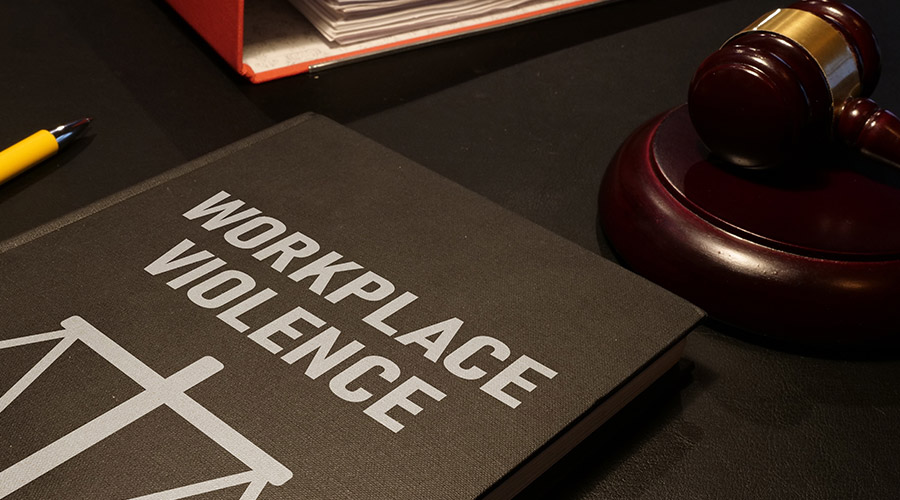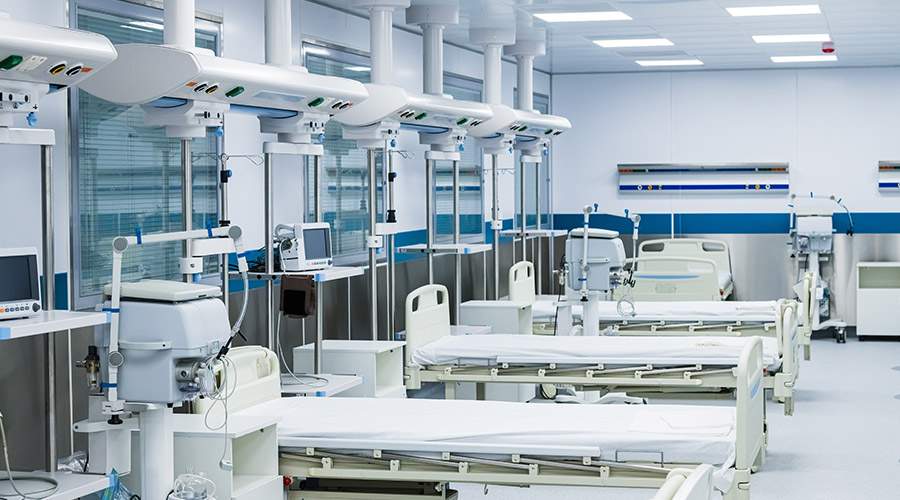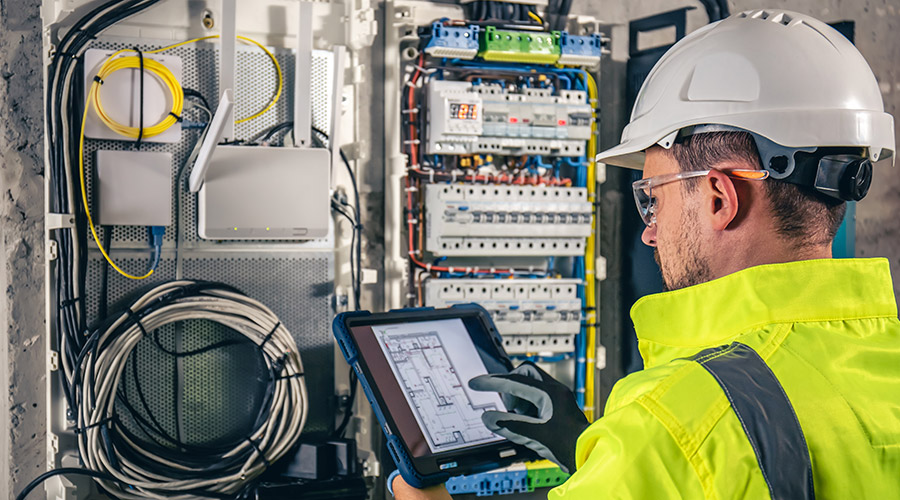Patients are at the very core of the healthcare facility, meaning that everything in a facility affects them and their experience. Ensuring that they have a stable and dignified space to heal is key to a good experience.
Hao Duong, principal at Ankrom Moisan, says that healthcare facilities should instill a sense of pride into visitors and patients. Duong adds that pride is tied directly back to dignity and feeling a sense of respect for their needs.
“It is important to provide a sense of pride and it really starts at the beginning stages, where we can include them [the patients] in the design process,” says Duong. “That is one of the aspects of having a robust design process that promotes ownership and with that ownership you get a voice in what you are doing. That often leads to a sense of pride when what you have contributed comes and gets manifested in physical form. So, one approach is to create that sense of inclusion and to be offered a voice in the design of a healthcare facility.”
Duong adds that when talking about inclusivity, it is important to keep in mind to not segregate people. He says that basic accessibility barriers and even a separate waiting room for ill patients can be a segregating factor. Once that grouping of people begins, Duong says that sense of pride in the space greatly diminishes.
Designing for inclusivity and pride begins the moment the visitor walks through the doors, says Ashlee Washington, senior associate, NCIDQ at Ankrom Moisan.
“Create beautiful spaces from even that very first moment that you walk in the front door because each and every single one of us deserves a beautiful design,” says Washington.
The entryway is another way to create pride in a building since it was thoughtfully designed specifically for the patient or visitor, instead of being a back entrance that makes the patient feel ashamed for needing care, says Washington.
Designing for pride will not be a cookie-cutter approach and will heavily depend on the facility's location.
“It is really doing research of the neighborhood and the communities,” says Duong. “It is making sure that initial experience is symbolic of their experiences, of their culture and of the diversity in their community. It is something that resonates and is familiar to them – giving them that sense of pride that this space is meant for this community, and they are a part of that.”
Jeff Wardon, Jr. is the assistant editor for the facilities market.

 3 Employees Injured by Patient at Halifax Infirmary's Emergency Department
3 Employees Injured by Patient at Halifax Infirmary's Emergency Department How Architects Shape the Future of Healthcare Facilities
How Architects Shape the Future of Healthcare Facilities UNC Health, Duke Health Form Partnership for Stand-alone Children's Hospital
UNC Health, Duke Health Form Partnership for Stand-alone Children's Hospital Sarasota Memorial Hospital Plans to Build New Facility in North Port
Sarasota Memorial Hospital Plans to Build New Facility in North Port CMMS, Data and the Path to Compliance
CMMS, Data and the Path to Compliance